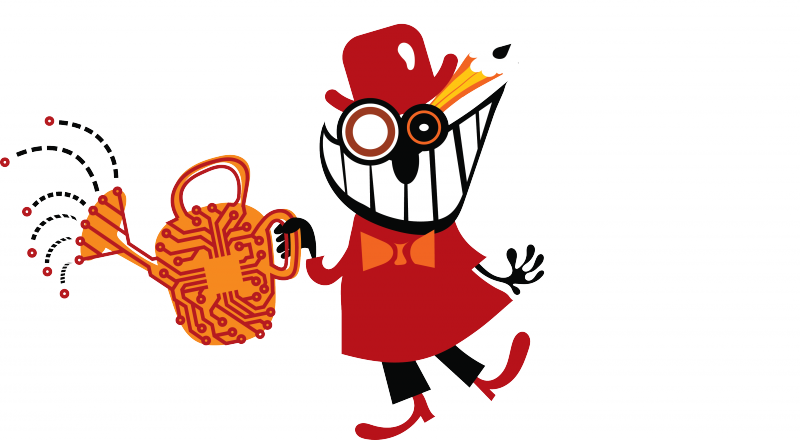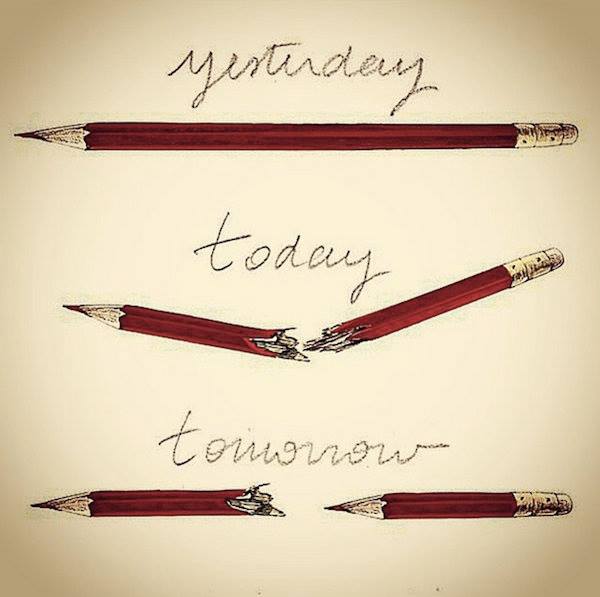THE NEW INDIAN "PARALLEL" CINEMA
An Interview with Ruchi Narain
Young Bombay director Ruchi Narain has been a guest of the River to River
Festival introducing her debut feature "KAL - Yesterday and Tomorrow", a ground-breaking exercise in style representative of the "Beyond Bollywood" new wave of "parallel" Indian cinema. The film itself, employing mostly unknown new actors, is a kind of contemporary thriller in a rapid-fire multi-media style focussing on the lives of the well-heeled style-conscious westernised young people of Bombay, a segment of Indian society that has rarely if ever been portrayed in Indian films.
Q. What exactly do you mean by "parallel" Indian cinema?
RN: There has always been a mainstream commercial Indian cinema full of
songs and dances with nearly the same plot over and over again, which is aimed at the uneducated mass audience and has always been very popular.
With directors like Satyajit Ray, Mrinal Sen, Shyam Benegal and others a new
type of more reflective "serious" cinema, with certain influences from Italian Neo-realism and the French Nouvelle Vague, began to emerge in the fifties, sixties, and seventies, speaking to a more limited intellectual audience and even to foreign audiences. Then came Bollywood with big budget musical extravaganzas which appeal to all kinds of people. My film is not only "parallel" but also independent in the truest sense of the word, since I raised the money by selling shares to private investors not even from the film world. Moreover, my film is about, and is aimed at, a social class which has never been addressed before in Indian cinema. I am talking about the new highly westernized generation of financially well-off people who are all completely at home in English and who would be at home anywhere in the world, but do not come from old Indian wealth or necessarily high station in life -- Indian "yuppies", if you will.
Q. What do you think of Bollywood films?
A. To be perfectly framk, I hate them, because they appeal to the lowest common denominator and just follow a given formula with no room for innovation. Of course the staging and costunes are magnificent and quite
colorful, but they are getting to be more and more fashion shows where each art director tries to outdo the other with more and more dazzling costumery.
It just isn't my cup of tea. I am interersted in making films which have something new to say snd give you something to think about.
Q. How did you get into filmmaking?
RN. Quite by accident to tell the truth. I grew up largely out of India, in
Oman (one of the Gulf states on the Arabian Peninsula). I went to English
speaking schools and actually saw hardly any Indian films as I was growing up. However, I was fascinated by the films of certain directors like Roman
Polanski, to name one of several. "Chinatown" just knocked me out, and it is still one of my favorites. When we moved to Bombay the first job I got out of college happened to be with a film production, and before long I was hooked on the whole filmmaking process. I worked in all aspects of the trade but finally realized that if I were going to make my own film, as an outsider -- which is to say with no family connections in the very highly inbred Indian film community -- I was going to have to write my own screenplay and sell it. Before making "Kal" I worked on a screenplay for a top Bombay director and it was awarded a best scenario prize, so I knew I was ready to strike out on my own.
Q. "Kal" uses all kinds of visual devices such as split screens, multiple
simultaneous imagery and very fast cutting of the kind you see in MTV video
clips. What made you go for such visual sleight-of-hand and complexity? RN. Well, the film is to some extent about people involved in contemporary media and this is the style -- multiple inputs at a more or less hectic pace -- that this generation is used to. I wanted to speak to them and for them in their own language.
Q. Has the film been shown at many festivals?
RN. Until now, not really. I didn't make this film as a "art film" with
festivals in mind, but rather as a new kind of commercial film with this new
younger audience in mind. The film has been shown around India in the larger
cities and has done quite well. When Selvaggia saw it in Bombay and asked to
show it at this festival in Florence I was actually rather surprised. But now that it has been seen in Europe it will probably go round to other festivals.
Q. What about the actors. Are they well known? Chitrangandha, who plays
Bhavna Dayal, the fashion photographer just looks like a movie star, as does
Smitri Mishra.
RN. As a matter of fact they were mostly new faces and Chitagandha has already "retired" from the screen to get married. What sold the film in India was, I guess, the new approach and the new milieu presented on the Indian screen for the first time.
"Kal - Yesterday and Tomorrow" is a racy thriller set within the ultra-rich
milieu of millionaire corporate families and their neo-hip children.
Plotwise it's about a messy triangle in which the heroine, Bhava the up-scale fashion photog, steals the husband away from her very best friend Maya, who turns up dead (murdered?) with the ex-husband and current lover as the main suspect. Bhava goes to great lengths to find out the truth behind her best friend's tragic demise, during which a murky tale unfolds "where relationships change as fast as money changes hands". Whether this will turm out to be a one shot oddity or the beginning of a new trend in Indian cinema remains to be seen, but there can be little doubt that as a film director Ruchi Narain is here to stay, firmly convinced that viewers of the new India now want to be shown their own stories, not warmed-over versions of Hollywood hits.
Alex, Rivertoriver, Firenze
 Chatelin Bruno
Chatelin Bruno 


























